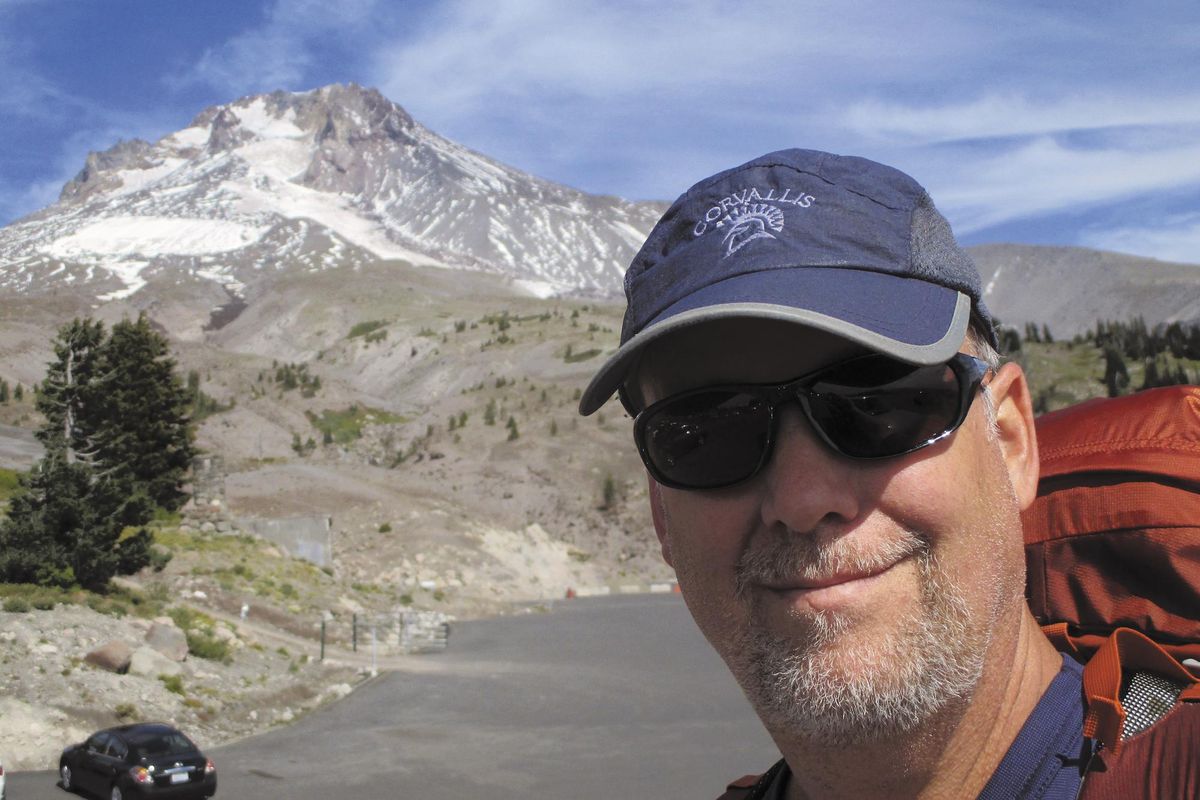Mount Hood’s Timberline Trail to fully reopen in 2017

SALEM, Ore. – One of the most spectacular trails in the United States – and perhaps the most iconic pathway in Oregon – is scheduled to reopen in full by the summer of 2017.
The Timberline Trail, a 40-mile circuit of Mount Hood, has been partly closed since 2006 when a debris flow destroyed a bridge and washed out a large swath of trail near Eliot Glacier field.
The washout forced hikers to either navigate to a more difficult crossing or simply cut their trip short.
The U.S. Forest Service announced last week that the trail would be rerouted and a new crossing created this summer, with the hope of getting hikers on the restored pathway by 2017.
Forest engineering specialists determined that a permanent bridge at the old location wasn’t feasible, so they opted to relocate the section of trail, the federal agency said.
“We’re thrilled to begin work on rerouting this trail to the new location so that crossing this area is safer for hikers,” said Claire Pitner, east side recreation manager for Mount Hood National Forest. “The 1.5-mile reroute will minimize exposure to loose boulders which otherwise could pose as hazards for hikers.”
Timberline Trail No. 600 is the only “round the mountain” trail on Oregon’s tallest mountain but hasn’t been fully connected for the past decade.
Forest Service employees said finding a sustainable solution was difficult given the mountain’s unstable geology of loose rock and melting glaciers. The cost was also an issue, given Timberline Trail has been rerouted many times in the past because of similar problems.
The planned crossing will be below the previous bridge at a location more protected than the previous one, but officials warned that there would still be the possibility of the new route sustaining damage in the future.
“We tried to locate the trail so that it would be minimally impacted on an annual basis by changes in glacial flow, but we have to keep in mind that the ground on Mount Hood is constantly changing,” Pitner said. “We are doing our best to provide a safer crossing that will remain in the same location for many years to come.”
The project will be completed by forest staff working with volunteers and contractors, Pitner said.